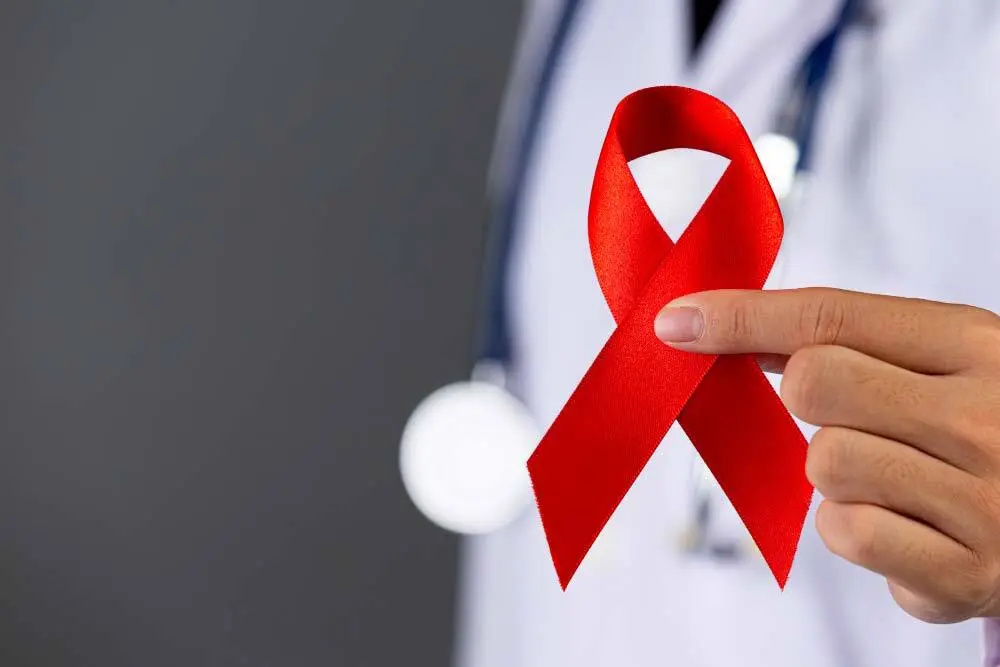
At a recent media briefing in Lagos, Dr. Agatha David, Director of Research at NIMR and coordinator of the Child and Adolescent HIV Programme, revealed that young people account for some of the worst HIV treatment outcomes in Nigeria.
She explained that 40 percent of new HIV infections occur among adolescents and young adults, yet fewer than 25 percent of them have ever taken an HIV test.
“Many studies from across the country have shown that when you ask young people about their HIV status, approximately 23 per cent will say they have never tested for the disease,” she said.
Adherence to antiretroviral therapy (ART) is crucial in halting the spread of HIV. Without consistent use of ART, patients risk disease progression, the development of drug resistance, and continued transmission of the virus.
Dr. David noted that many adolescents who are reached and enrolled into care often fail to take their medication consistently. This non-adherence, she stressed, creates a dangerous cycle of transmission, undermining years of progress in HIV prevention.
Nigeria is a signatory to the global UNAIDS “95-95-95” strategy, which aims for:
Dr. David described the 95-95-95 framework as a “lifeline” for Nigeria. Failure to meet these targets, she warned, would make the 2030 elimination goal unattainable.
Beyond medical adherence, NIMR highlighted the mental health burden faced by adolescents living with HIV. Research shows that 50 percent of mental health issues begin during adolescence, and untreated psychological distress can worsen treatment outcomes.
“Adolescents and young adults living with HIV also need mental care to ensure their mental stability,” Dr. David emphasized. “If left unmanaged, these issues could degenerate and further complicate treatment adherence.”
While NIMR has made significant findings on adolescent HIV trends, Dr. David noted that some of the institute’s recommendations are yet to be adopted as national policy.
She strongly advocated for comprehensive sexuality education, urging parents, schools, religious institutions, and communities to play a role in reducing risky behavior and encouraging HIV testing among young people.
“Without proper education and open communication, the chain of transmission will remain high, and Nigeria will continue to face an uphill battle,” she said.
Nigeria has made progress in reducing HIV prevalence over the past two decades, but experts say the battle is far from over. The adolescent population — often overlooked in policy and public health planning — could determine whether the nation meets its 2030 HIV elimination goal.
The message from NIMR is clear: investing in adolescent-friendly HIV services, mental health support, and sexual education is no longer optional, but essential.